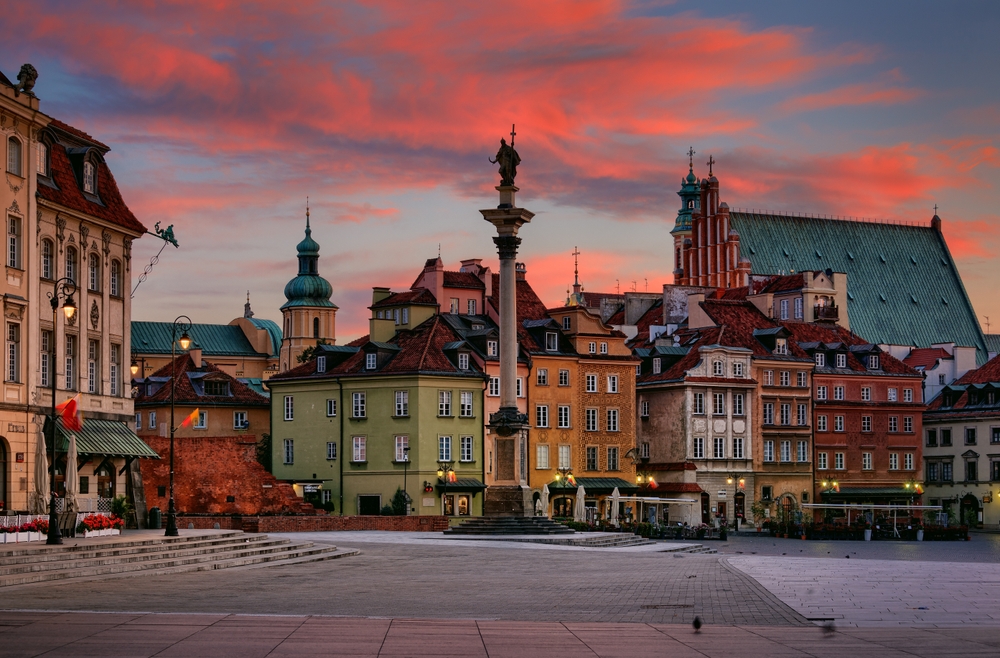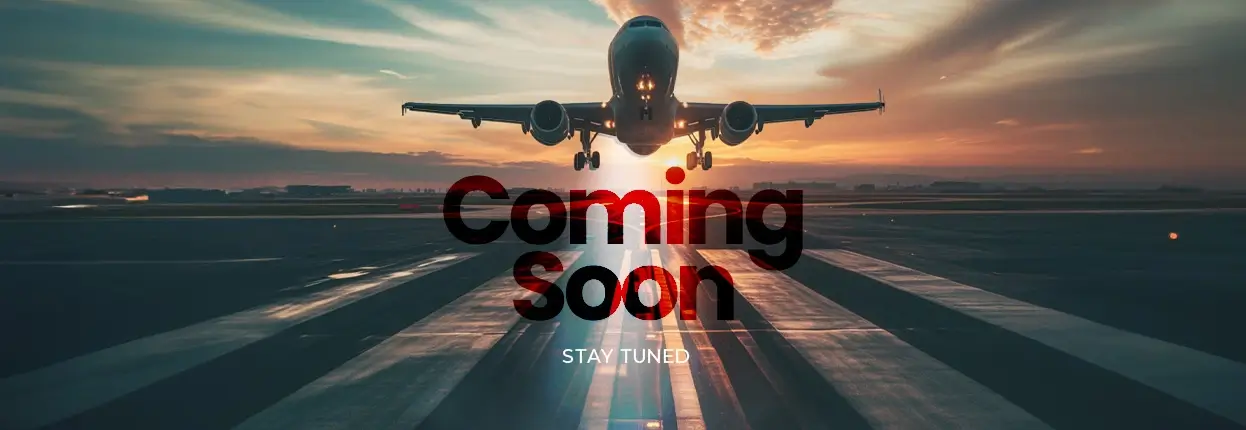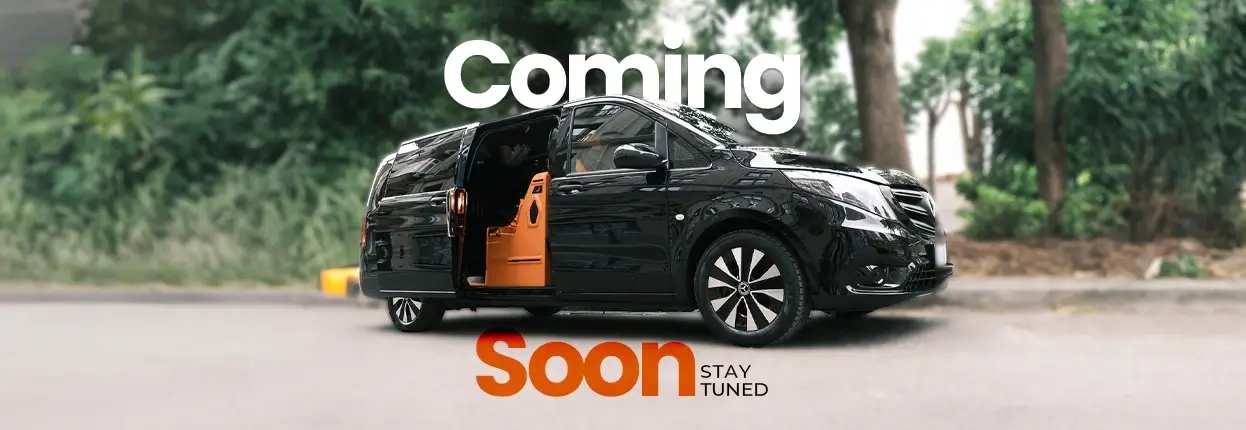Warsaw
Warsaw Travel Guide

Warsaw, the capital and largest city of Poland, is situated on the banks of the Vistula River in east-central Poland. With a population of approximately 1.86 million residents, it ranks as the seventh most populous city in the European Union. It serves as a significant cultural, political, and economic hub for the country.
Things To Know Before Going To Warsaw
Here are some essential things to know to enhance your experience in Poland’s vibrant capital:
- Tipping is not mandatory, but rounding up the bill or leaving a small tip (5-10%) is appreciated.
- Public transportation is efficient and affordable, with buses, trams, and a metro system.
- Milk bars are no-frills cafeteria-style restaurants serving hearty Polish dishes like pierogi and bigos at very reasonable prices.
- Chopin concerts are a must-attend, with free performances in Łazienki Park on summer Sundays and ticketed events at various venues.
- The Old Town is a UNESCO World Heritage Site, meticulously reconstructed after WWII, and a great place to explore the city's history and culture.
- Uber is a cheaper alternative to taxis within the city.
- Couchsurfing is popular in Warsaw, allowing you to stay with locals, save money, and gain insider knowledge about the city.
- Bike sharing is available throughout the city, making it easy to explore at your own pace.
- Mosquitoes can be a nuisance, especially near the Vistula River, so bring insect repellent if visiting during the warmer months.
Where Is Warsaw?
Warsaw is located in east-central Poland on the Vistula River. It is situated in the heartland of the Masovian Plain.
Where To Stay In Warsaw?
Here’s a table summarizing where to stay in Warsaw, including the district, what each area is best for, key attractions, and average trip costs:
| District | Best For | Best Attractions | Average Trip Cost |
| Old Town | History and Culture | Royal Castle, Market Square, Barbican | $100 - $200 per day |
| Mokotów | Local Experience | Łazienki Park, Wilanów Palace | $80 - $150 per day |
| Praga | Arts and Nightlife | Warsaw Vodka Factory, Koneser Praga | $70 - $120 per day |
| City Center | Business and Shopping | Palace of Culture and Science, Złote Tarasy | $120 - $250 per day |
| Wola | Modern Amenities | Warsaw Uprising Museum, EXPO XXI | $90 - $180 per day |
| Saska Kępa | Relaxed Atmosphere | Skaryszewski Park, local cafes | $80 - $140 per day |
| Ursynów | Family-Friendly | Kabaty Forest, shopping centers | $70 - $130 per day |
| Żoliborz | Green Spaces | Błonia Park, local markets | $80 - $150 per day |
| Ochota | Budget-Friendly | Warsaw Railway Museum, parks | $60 - $120 per da |
Best Hotels In Warsaw
Warsaw hotels offer a blend of luxury and convenience, providing exceptional services and amenities for your trip to be more comfortable. Even though luxury hotels in Warsaw may make you break the bank, they will be worth every penny, thanks to their services. However, there are always mid-range and budget hotels in Warsaw to enhance your days and make your city tour seamless. Tailored for everyone, finding what kind of accommodation you want won’t be as complicated as you think. Now, here are some of the best hotels in Warsaw we recommend and why:
Here’s a table featuring some of the best hotels in Warsaw, categorized by affordability, district, and reasons to stay:
| Hotel | District | Affordability | Why To Stay There |
| Safestay Warsaw | Old Town | Budget | Relaxed atmosphere with dorms and private rooms, close to major attractions. |
| Hotel Gromada | City Center | Budget | It is a casual property with a spa and restaurant, ideal for budget travelers. |
| Hampton by Hilton Warsaw City Centre | City Center | Mid-Range | Contemporary lodging with complimentary breakfast, fitness room, and central location. |
| Hotel MDM | Mokotów | Mid-Range | It is a vibrant hotel with a restaurant and sports bar, and it is excellent for exploring the city. |
| Residence Hotel St. Andrew's Palace | City Center | Mid-Range | It offers spacious apartments with a cafe, which is perfect for extended stays. |
| InterContinental Warsaw | City Center | Luxury | It is a luxurious hotel with stunning views, spa services, and fine dining options. |
| Raffles Europejski Warsaw | City Center | Luxury | This historic luxury hotel with opulent rooms and a renowned spa is ideal for a lavish stay. |
| Nobu Hotel Warsaw | City Center | Luxury | It is a chic hotel offering world-class dining and modern amenities, great for food lovers. |
| Hotel Metropol | City Center | Mid-Range | Modern hotel with a jazz-themed bistro located near major attractions. |
| Radisson Collection Hotel, Warsaw | City Center | Luxury | It is an elegant hotel with upscale dining and wellness facilities, perfect for business travelers. |
Best Warsaw Attractions
Here are some of the best places to explore in Warsaw:
- Old Town: A UNESCO World Heritage Site, Warsaw’s Old Town was meticulously reconstructed after World War II, showcasing 18th-centrury architecture.
- Royal Castle: Located at Castle Square, this historic castle served as the residence for Polish monarchs.
- Łazienki Park: Also known as the Royal Baths Park, this expansive green space features beautiful gardens, the Palace on the Isle, and aa theater
- Warsaw Uprising Museum: This museum is dedicated to the Warsaw Uprising of 1944, providing a poignant insight into the city's history during World War II.
- Wilanow Palace: This museum is dedicated to the Warsaw Uprising of 1944, providing a poignant insight into the city's history during World War II.
- Chopin Museum: Housed in the Ostrogski Palace, this museum celebrates the life and works of composer Frédéric Chopin.
- Warsaw Uprising Monument: This solemn monument honors the bravery of those who fought during the Warsaw Uprising.
Is Warsaw Expensive To Visit?
Warsaw is an affordable destination compared to many Western European cities. For budget travelers, daily expenses in Warsaw can range from $30 to $50, which includes accommodation, meals, transportation, and activities. Mid-range travelers might spend around $70 to $100 per day.
Currency of Warsaw, Poland
The official currency of Warsaw, Poland, is the Polish złoty, abbreviated as PLN and symbolized by zł.
Languages Spoken In Warsaw
The primary language spoken in Warsaw is Polish. English is the second most widely spoken language in Warsaw after Polish. Minority populations also speak German, Russian, Ukrainian, and Belarusian in Warsaw and Poland.
Best Time To Visit Warsaw
The best time to visit Warsaw is generally from May to June and September to October. These months are considered mid-season, offering pleasant weather that is neither too hot nor too cold, making it ideal for sightseeing and outdoor activities.
Here’s a detailed table summarizing the best times to visit Warsaw, categorized by season, including temperature, activities, rates, crowd levels, and clothing recommendations:
Season | Temperature (°C/°F) | Activities | Rates | Crowd Level | Clothing |
| Spring | 4 to 16°C / 39 to 61°F | Visiting parks (e.g., Łazienki Park), cultural events (Warsaw Book Fair) | Moderate to High | Moderate to High | Light jackets, long sleeves, pants |
| Summer | 12 to 26°C / 54 to 79°F | Outdoor festivals, sightseeing, boat tours on the Vistula River | High | High | T-shirts, shorts, light layers for evenings |
| Autumn | 5 to 15°C / 41 to 59°F | Wine and film festivals, exploring historical sites | Moderate | Low to Moderate | Light jackets, sweaters |
| Winter | -12 to 4°C / 10 to 39°F | Christmas markets, winter sports, visiting museums | Low | Low | Heavy winter clothing, boots |
What To Pack For the Warsaw Trip?
Here’s a comprehensive packing list for your trip to Warsaw, presented in bullet points:
Essential Items
- Passport (valid for at least three months beyond your entry date)
- Travel insurance (coverage for medical emergencies, lost luggage, etc.)
- Money (Polish złoty - PLN; bring some cash as not all places accept cards)
- Power adapter (European plug adapter for your electronics)
- Mobile phone (with necessary apps downloaded, such as maps and translation)
Clothing
- Spring:
- Layered clothing
- Light jacket
- Comfortable shoes
- Summer:
- T-shirts
- Shorts
- Light dresses
- Sandals
- Sunhat
- Autumn:
- Sweaters
- Long sleeves
- Light jacket
- Comfortable shoes
- Winter:
- Heavy coat
- Thermal layers
- Gloves
- Scarf
- Boots
Toiletries and Health Items
- Toiletry bag (waterproof for toiletries)
- Sunscreen (essential for summer visits)
- Insect repellent (useful during warmer months)
- Personal medications (any necessary prescriptions and basic first-aid supplies)
- Moisturizer (to combat dry skin, especially in winter)
Travel Accessories
- Daypack (for daily excursions, to carry essentials)
- Travel wallet (to keep cash, cards, and important documents secure)
- Luggage locks (to secure your bags during transit)
- Travel cubes (for organized packing and easy access to clothing)
What To Eat In Warsaw?
When visiting Warsaw, you can indulge in a variety of traditional Polish dishes that showcase the city’s rich culinary heritage. Here are some must-try foods and where to find them.
- Pierogi: These iconic Polish dumplings can be filled with a variety of ingredients, such as meat, potatoes, cheese, or fruit. They are a staple in Polish cuisine and can be found in many restaurants, including Zapiecek and Gościniec.
- Pyzy: Soft potato dumplings often filled with minced meat, served with fried onions or bacon. A great place to try them is Pyzy, Flaki Gorące, located in the Old Town.
- Bigos: Known as "hunter's stew," this hearty dish is made with sauerkraut, fresh cabbage, and various meats. It's a comforting meal, especially in colder months.
- Żurek: A sour rye soup typically served with sausage and a boiled egg. It's a traditional dish that can be found in many Polish restaurants.
- Chłodnik: A refreshing cold beet soup, perfect for summer. It is made with yogurt or buttermilk and served with fresh vegetables.
- Wuzetka: A famous Warsaw cake made of chocolate sponge and whipped cream. You can find it in many local bakeries and cafes.
- Zygmuntówka: A modern cake created to honor King Sigismund III Vasa, featuring layers of almond cake, chocolate mousse, and cranberry jam. It's less common but worth seeking out.
Nightlife In Warsaw
Warsaw has a vibrant and diverse nightlife scene, offering a wide range of options for those looking to experience the city after dark.
Cocktail Bars
- Ritual Cocktail Club: A plush and elegant cocktail bar run by some of Poland's best bartenders, offering innovative cocktails in a sophisticated setting.
- Panorama Sky Bar: This glamorous rooftop bar features stunning city views, designer decor, and a long black and red bar serving up signature cocktails.
- Klar Cocktail Bar: Offering cocktails with a unique twist, this bar is located right on the edge of Warsaw's Old Town.
Craft Beer Pubs
- Elephant Belgian Pub: With over 20 beers on tap and 250 bottled varieties, this gem of a bar just north of Warsaw's Barbican is a must-visit for beer lovers.
- PiwPaw BeerHeaven: This aptly named craft beer pub boasts over 70 beers on tap and many more in bottles.
- Same Krafty: A cozy and well-regarded craft beer tap room with an attractive Old Town location.
Clubs
- Level 27: This rooftop bar offers breathtaking panoramic views of Warsaw's skyline and a chic atmosphere for a stylish night out.
- Bank Club: One of the largest dance floors in Warsaw, Bank Club features lasers, lights, and a veteran status in the local nightlife scene.
- Room 13 Club: Located on one of Warsaw's main streets for a late night out, Room 13 is an elegant townhouse transformed into a contemporary club.
Live Music Venues
- BARdzo bardzo: A centrally located live music venue hosting a broad range of styles, with music-themed cocktails behind the bar.
- Chopin Concerts Warsaw: Celebrate Warsaw's musical heritage by attending a live performance of Chopin's works at one of the venues around the Old Town.
- National Philharmonic: Home to some of Poland's finest classical musicians, this venue also brings international talent to the stage with symphonic concerts, recitals, and chamber music events.

